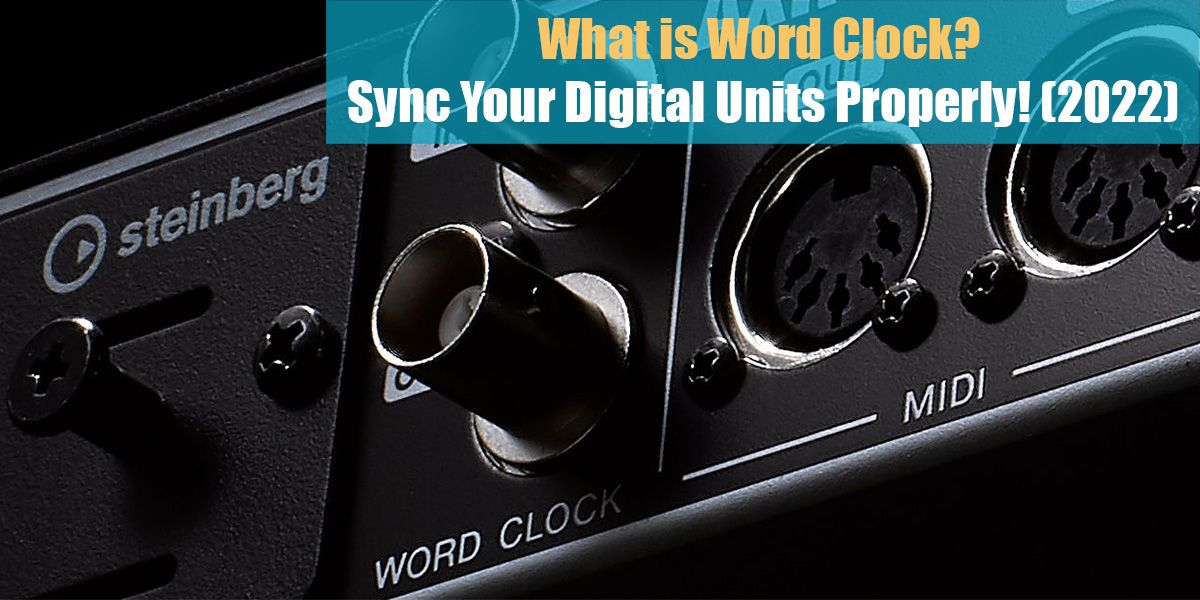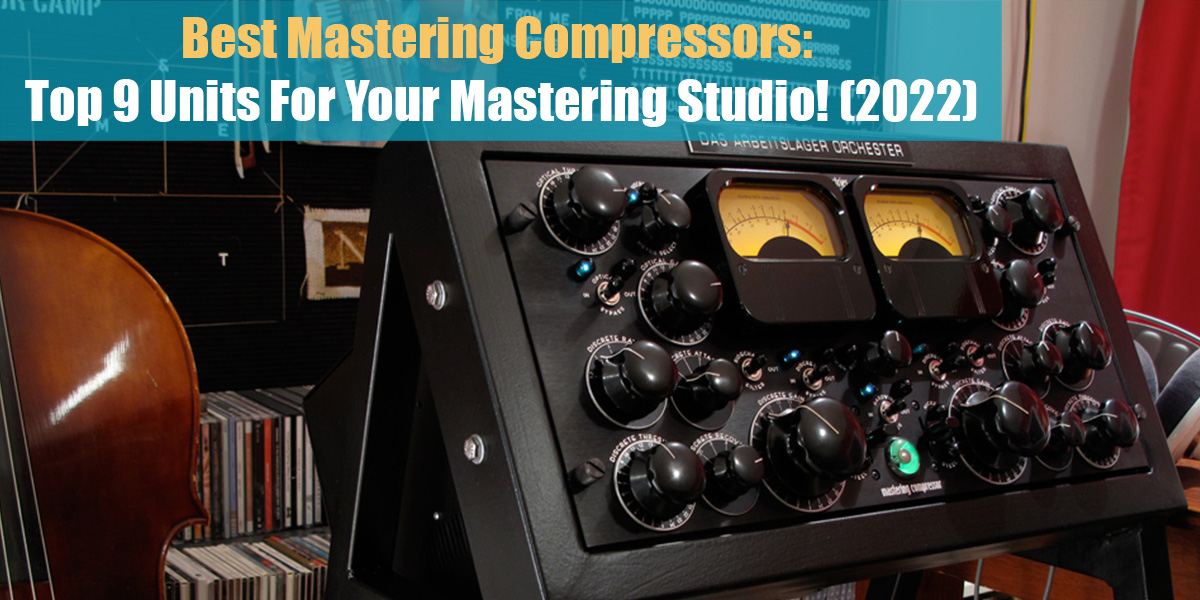EQing Your Mix Bus
Introduction
Well done! If you are reading this article, that means that you conquered track mixing and now you are at the point of finishing your song. The processing and preparation of the whole mix bus for the final mastering stage is a process many people skip or do very little.
In this article, we are going to talk about how to EQ mix bus and how to shape the frequencies before you master the song or send it to a mastering engineer.
1. Beware of Phase Shifts
Usually, when we start the EQ process on the mix bus, we are going to listen to it very closely and try to find some spots that stand out and need to be treated. At this stage, we always reach for a very precise EQ and try to be surgical and cut down the areas that we do not like.
But something can occur at this point and your mix might lose in translation to our speakers because of some phase shifts that we can do on it. Our suggestion here is to go ahead and use a linear phase EQ that will treat the phasing in the best possible way and not be counterproductive and ruin the mix.
We suggest trying out the FabFilter ProQ3 in a linear phase mode, where you will keep the phasing in tune and be extra precise with lowering the problematic areas.
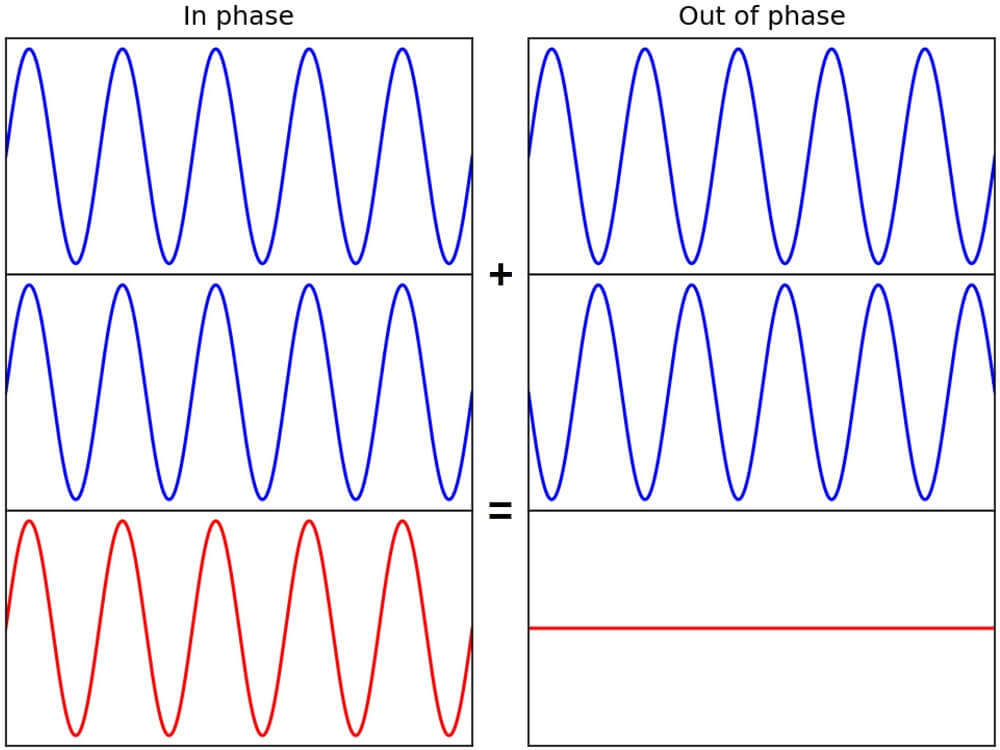
2. Automating the Cuts Down
This is one other point that we really like to do. Automation on the gain of a particular band will only provide you with adjustments in the areas that you really need to work on. We understand that this might be a difficult process to do, but this is what will separate your song from being a regular one – and make it a great one.
We can also understand not automating the cuts if you found an area that needs to be tackled across the whole song, but if that is the case, maybe something is wrong in the mix and we believe that it is better to go back in the mix and try to fix this area from the separate tracks. And now to the main point…
Automating the cuts in certain areas where you will discover problems is truly important where you are introducing EQing on the mix bus only when this issue appears. This also works for areas where you need to boost a little bit, not only reduce frequencies, but we are going to leave that to you. We just wanted to put that option out and we will leave it up to you to choose where to apply it.
3. Usual Mix Bus EQ Spots
Before beginning this topic, we just want to point out that here we are going to talk only about boosting certain areas and that this might work – and are not hard rules!
The usual EQ spots are areas that most of the time will benefit your song if you boost a little bit and use the right type of EQ. Another thing, when boosting frequencies on the mix bus, aim to do slight changes, most of the time somewhere between 1dB and 3dBs. If you found yourself in need to boost more, again, go back in the mix and fix it from there – because it is better that way.
The first area that you can try boosting is the low end around 60Hz to add a little bit of body to both kick and bass with a single boost. If your mix sounds a bit weak, this might fix that little problem.
Another trick for accentuating your low end is if you reduce a little bit around the 300Hz area, to make the lows stand out, certainly if your song allows for a such tweak.
Also, you can go ahead and try to boost the upper frequencies with a shelf EQ from 10-12kHz and above. This will add clarity to the mix if it is missing and will create the already-known smiley face curve to the mix. That curve still works and many people still use it as a pointer for good frequencies on their final mix.
4. Mid/Side EQing
Beware: Use mid/side EQing only if you believe it is really needed before the mastering stage. This is important to know because such processing is mostly added by the mastering engineer, so you only do it if you think that there is a crucial need for it.
The Mid/Side EQ can be performed at the same areas that we mentioned in the topic above – in the lows and in the highs. In the lows, you want to boost the sub-frequencies in the Mid track and make them more mono-compatible.
In terms of the high frequencies, you wish to boost the sides a little bit and give a little bit more noticeability to the tracks that have frequencies in this area that need to be noticed more than usual. This most of the time works well for your vocals and overheads/cymbals.
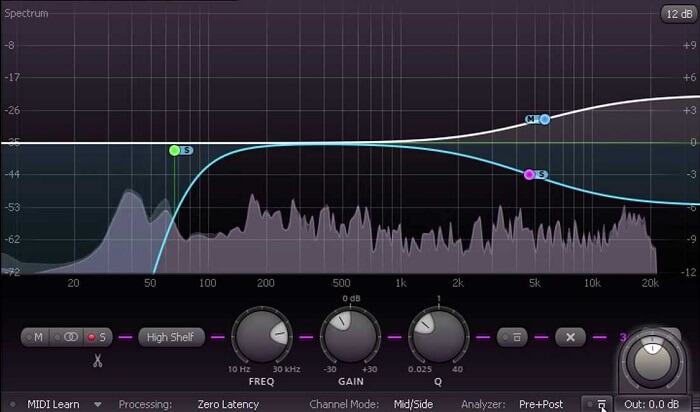
5. Analog EQ for Analog Flare
If you find yourself boosting some frequencies, try to use some analog-modeled EQ plugins. Besides the regular boosts in frequencies, you will get the benefit they bring – some analog flavor to the sound.
Even if you do not need to boost that much on the mix bus, simply add an analog EQ on the bus and leave all knobs at default. The signal passing to the “analog modeled circuitry” will add the sweetness most analog hardware brings.
Test this one out with many various plugins and find the best one that will suit your song and your style of music. Experiment and try this one out!
6. Balance in the Frequencies
There might be slight inconsistencies in the frequencies that you might notice when you sum down all of them in the mix bus. We also think that they might not be a real problem, but if think that you can improve the balance a little bit, try and use a touch of dynamic EQ to even out these areas.
A slight cut or boost with the dynamics activated will do wonders in balancing the mix and you will end up with the balance you are after. You can also use the dynamic EQing process for other purposes in your mix, but again, do it with care and only do minimal changes.
7. Alternative Ways of EQing
If you spent all the tricks up your sleeve, the next thing you can try is to add some saturation on the mix bus and accentuate certain areas of it. Use a saturator gently as well and you might end up with a more rounded sound and with that – a rounder mix.
Here also, find out the best possible saturation plugin that will compliment your mix and use it in very minimal doses. You do not wish to color up your mix with it too much because that effect might be even more noticeable after the master.
And now, if you are done with all the EQ processes on your mix bus, it is time to A/B test it to see what you’ve done. By doing this, you will be able to find out if you improve the sound or not. This process will also show you how far are you in terms of shaping your frequencies and decide if you are done with it or not. Critical listening at its best!
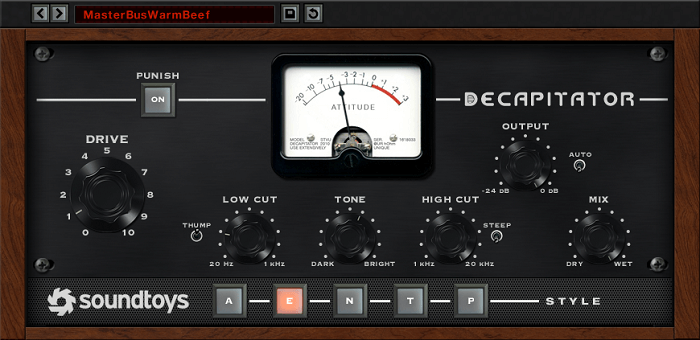
Conclusion
The mix bus processing is the final stage that every mixing engineer needs to go through before finishing his work as a mixer. At this stage, you are finalizing the mix before you master it or send it to the mastering engineer.
How to EQ the mix bus is one of the processes that you need to do to finish the mix frequency-wise. This is the last resort to make adjustments that will improve them and sound best on all possible systems. Again, do only slight changes. If you need to do more drastic boosts or cuts, go back into the mixing phase and fix what you need to fix!
If you are having any questions or any other suggestions when it comes to working with frequencies on the mix bus, please let us know in the comment section below and we will be more than happy to assist and provide more answers about this topic!
Best Mastering Equalizers: Shape Your Final Frequencies!
Best 500 Series Equalizers: Top 10 Models To Shape Your Frequencies!
Bettermaker Stereo Passive Equalizer Review: New Pultec-Style Equalizer!
Heritage Audio Motorcity EQualizer Review: Amazing 7-band Mono Passive EQ!
API Select SV14 Review: Great New 500 Series EQ from API! (2023)

